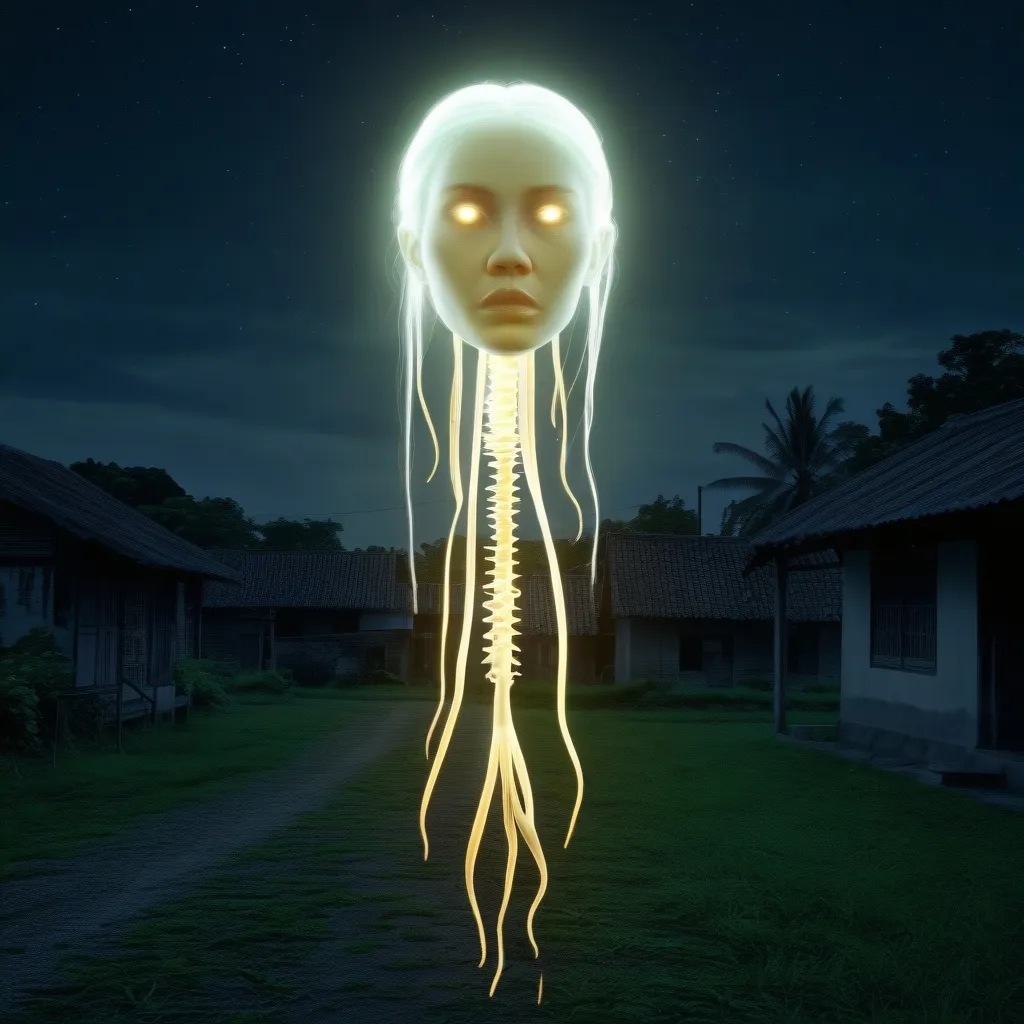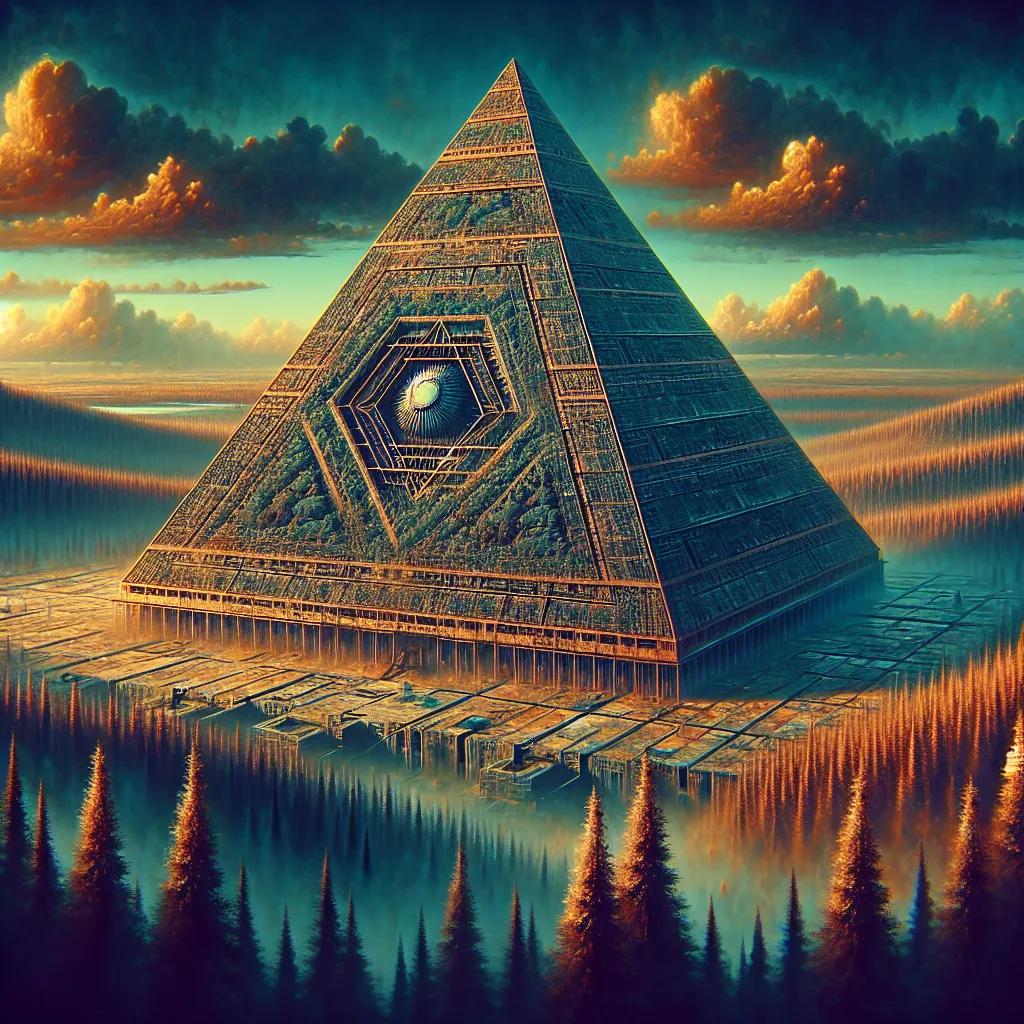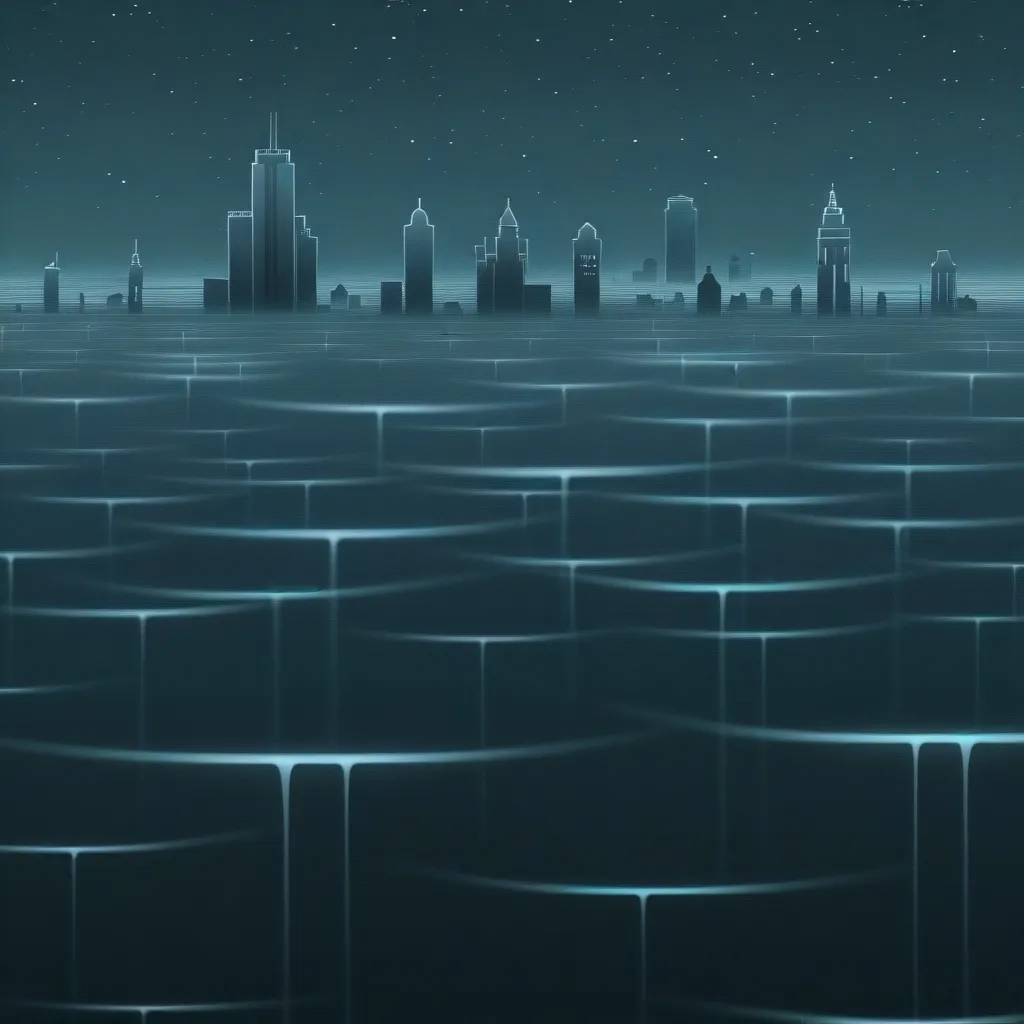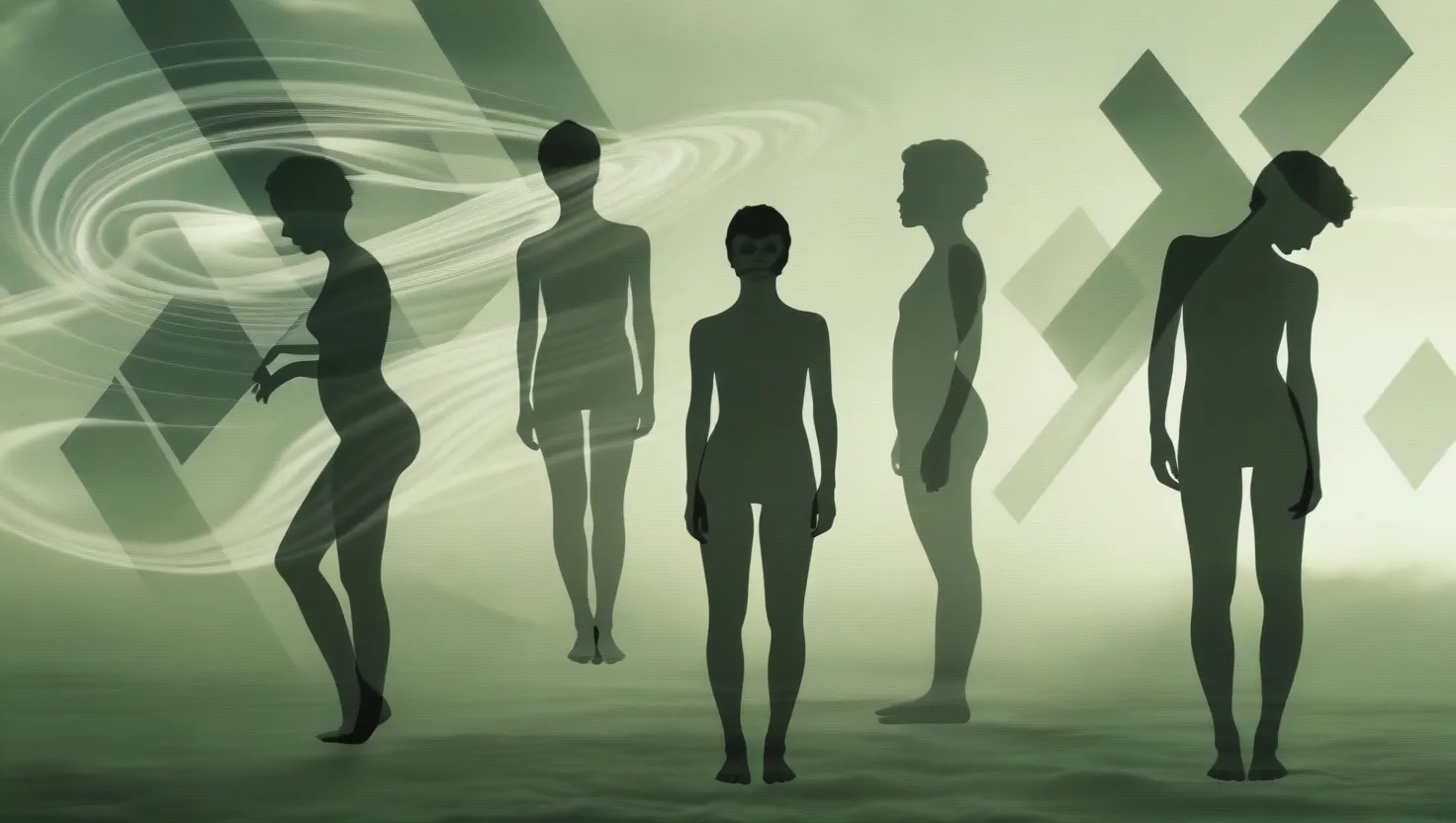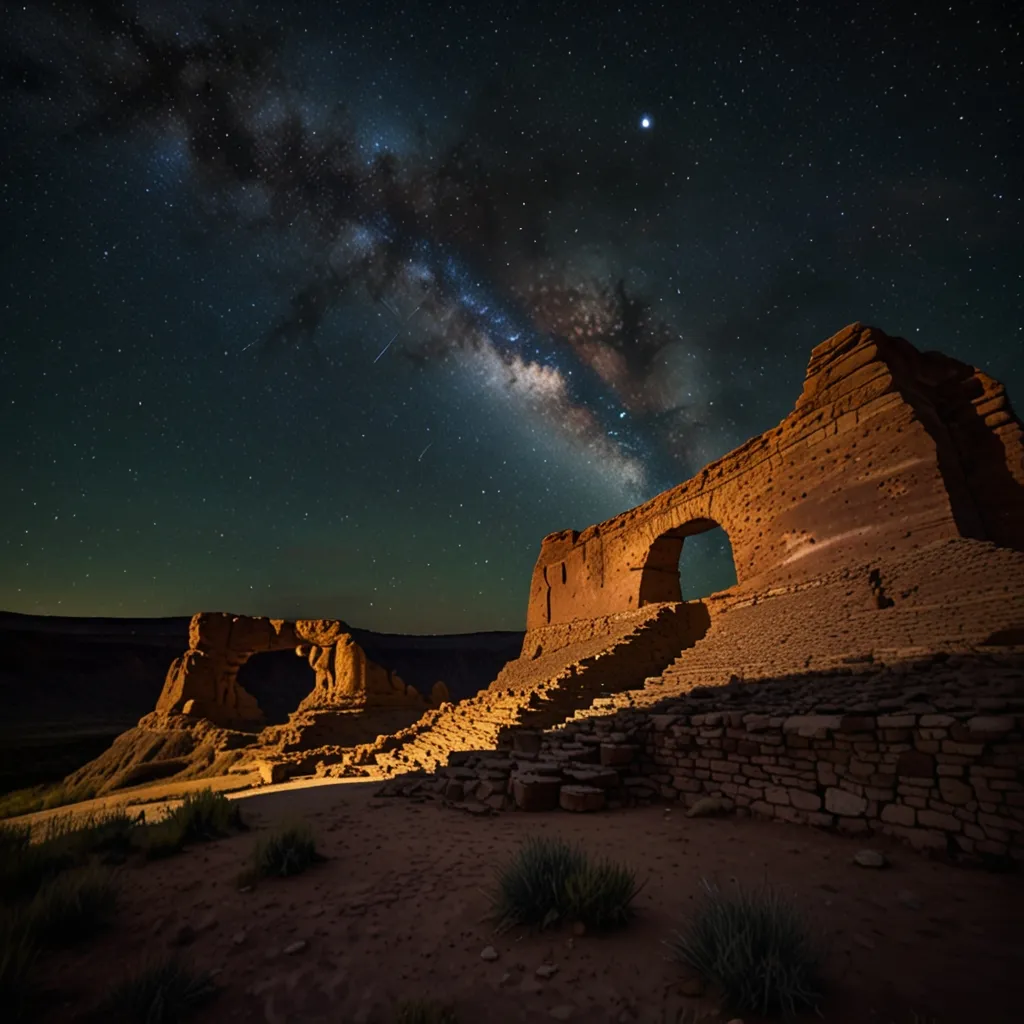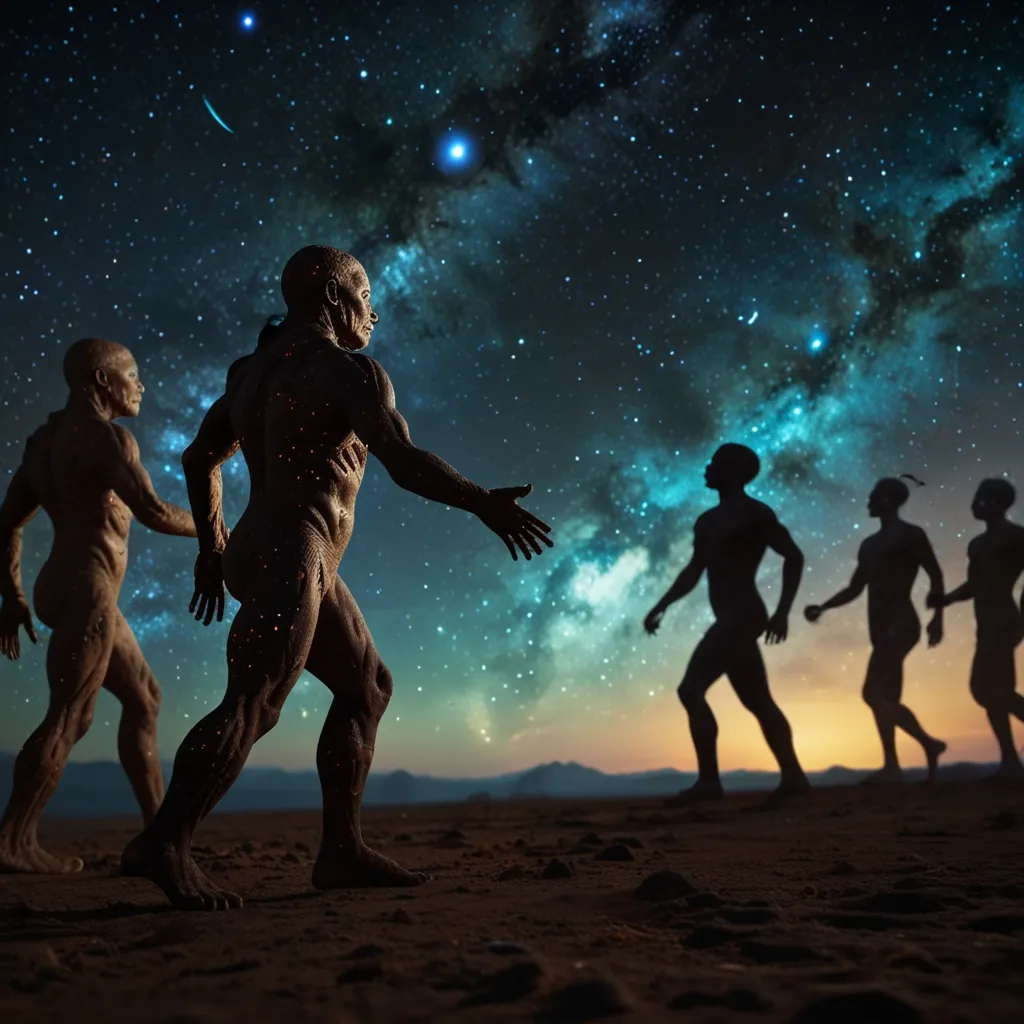The Krasue: Southeast Asia’s Floating Head Ghost
Ever heard of a ghost that’s just a floating head with guts hanging out? Welcome to the wild world of Southeast Asian folklore, where the Krasue reigns supreme as one of the creepiest creatures you’ll ever encounter.
Picture this: by day, she’s your average beautiful woman. But when night falls, things get seriously weird. Her head detaches from her body and floats around, trailing intestines and organs like some kind of gruesome party streamers. Oh, and did I mention she glows? Yep, this floating nightmare comes with her own eerie light show, usually in shades of green or orange.
Now, you might be wondering how someone ends up in such a bizarre predicament. Well, the story goes that the Krasue was once a regular woman who messed with the wrong kind of magic or broke some major supernatural rules. Her punishment? An eternal curse that leaves her constantly hungry for the grossest things imaginable.
We’re talking blood, raw flesh, and even… wait for it… feces. Yuck. But the Krasue isn’t picky - she’ll chow down on just about anything she can find. That includes small animals, livestock, and unfortunately, human babies. Pregnant women, consider yourselves warned!
The Krasue’s hunting habits are the stuff of nightmares. She prowls around at night, looking for easy prey. Villagers often wake up to find their clothes covered in blood and other nasty surprises. It’s like the world’s worst laundry day, courtesy of our floating friend.
But don’t worry, the locals have come up with some clever ways to keep the Krasue at bay. One popular method is surrounding homes with thorny bushes or sharpened bamboo. Apparently, the Krasue is terrified of getting her dangling organs caught in these prickly defenses. Smart thinking, right?
There’s also a plant called jujube that’s said to be Krasue kryptonite. So if you’re ever in Southeast Asia and worried about ghostly encounters, you might want to stock up on some jujube branches.
Now, here’s where it gets really interesting. Some people believe that the Krasue walks among us during the day, disguised as a normal woman. But there are telltale signs to watch out for. If you see a woman who’s always tired and avoids eye contact, she might be hiding a floating head secret. Oh, and if she’s constantly licking her lips? That’s a major red flag.
But what if you actually encounter a Krasue? Well, there are a few ways to take her down, but fair warning - they’re not for the faint of heart. One method involves destroying her headless body while she’s out hunting. When the floating head returns and finds its body gone, game over for the Krasue.
Another option is to cut off her intestines or hide her body. Without a way to reattach before sunrise, she’s toast. And if all else fails, good old-fashioned fire will do the trick. Just burn the body, and say goodbye to your neighborhood Krasue.
Despite how outlandish this all sounds, the legend of the Krasue is still very much alive in parts of Southeast Asia. In recent years, there have been reports of villages setting up night patrols after supposed Krasue sightings. It just goes to show how deeply ingrained these beliefs are in the local culture.
But the Krasue isn’t alone in the world of floating head ghosts. Malaysia has the Penanggalan, Cambodia has the Ahp, and Laos has the Kasu. It’s like there’s a whole club for disembodied women’s heads with a taste for the macabre.
These legends have been around for centuries, passed down through generations. They’re more than just scary stories - they’re a reflection of the fears, beliefs, and values of the cultures that created them. The Krasue, in particular, seems to embody the consequences of meddling with dark forces or breaking societal norms.
In rural Thailand, stories of Krasue encounters are surprisingly common. People claim to have seen strange, glowing orbs of light floating in the night sky - a telltale sign of the Krasue’s presence. These sightings often lead to increased vigilance in the community, with people taking extra precautions to protect themselves and their loved ones.
One particularly memorable incident occurred in Surin Province, where villagers reported seeing mysterious green and red lights rising and falling in the night sky. Naturally, they attributed this to the Krasue. Whether it was actually a supernatural encounter or just some misidentified natural phenomenon, the sighting reinforced the belief in the Krasue’s existence for many locals.
The legend of the Krasue has even made its way into modern pop culture. In 2019, a Thai horror film called “Sang Krasue” (or “Krasue: Inhuman Kiss” in English) hit theaters. The movie tells the story of a teenage girl who inherits the Krasue curse, exploring the tragic and terrifying aspects of this mythological figure.
The film’s success shows that even in our modern, technology-driven world, there’s still a place for these ancient legends. People are still fascinated by the idea of supernatural beings lurking in the shadows, waiting to prey on the unwary.
But why do these stories persist? What is it about the Krasue that continues to captivate and terrify us? Perhaps it’s the way she embodies our deepest fears - the loss of control over our own bodies, the transformation into something monstrous, the insatiable hunger that drives us to commit terrible acts.
Or maybe it’s simpler than that. Maybe we just love a good scare, and the image of a floating head with trailing organs is about as scary as it gets.
Whatever the reason, the legend of the Krasue serves as a reminder of the rich tapestry of folklore that surrounds us. These stories, passed down through generations, connect us to our ancestors and to the land we inhabit. They give shape to our fears and help us make sense of the unexplainable.
So the next time you’re in Southeast Asia and you see a strange light in the sky, or hear an unexplained noise in the night, remember the tale of the Krasue. And maybe, just to be safe, surround your bed with some thorny bushes. Better safe than sorry, right?
In the end, whether you believe in the Krasue or not, her legend is a fascinating glimpse into the cultural beliefs and traditions of Southeast Asia. It’s a story that has stood the test of time, evolving and adapting but never losing its power to thrill and terrify.
So the next time someone tries to scare you with a ghost story, just remember - it could be worse. At least it’s not a floating head with dangling intestines. Now that’s something to lose sleep over!
